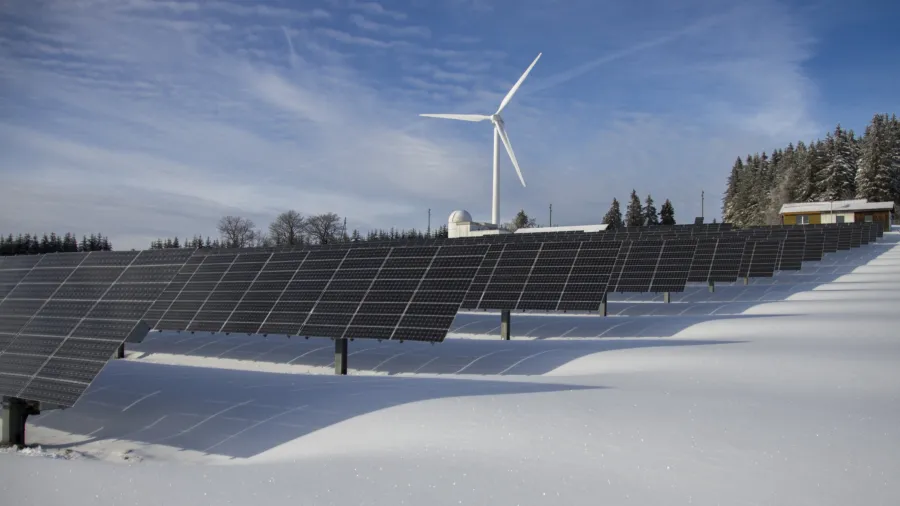
Over 70 power projects abroad under China’s Belt & Road Initiatives shelved
The country installed around 128 GW of power capacity in 2022.
A total of 72 out of the 481 power projects overseas led by Chinese companies under the Belt & Road Initiative (BRI) were cancelled or put on hold due to the country’s halt of building coal projects abroad, according to a report by Wood Mackenzie.
Of the projects put on hold, over 60% were in Asia, and 32% were in Africa. These projects included 33 gigawatts (GW) of coal, 12 GW of hydro, 6 GW of gas, 2 GW of solar, and 0.4 GW of wind.
The coal projects were hampered by the country's “no new overseas coal power” policy announced in September 2021 due to increased pressure to cut carbon emissions.
The 33 renewable energy projects, meanwhile, were affected by commercial risks such as cost inflation and over-optimistic financial assumptions, with solar comprising 70% of the halted projects.
ALSO READ: How China can transform to a low-carbon economy
“The most common factors that led to the failure of overseas projects were the changes in policy and cost. Chinese companies faced more risks when developing greenfield projects, with a 27% rate of cancellation or shelving, compared to a 9% failure rate for pure EPC (engineering, procurement, and construction) turnkey projects,” Alex Whitworth, Vice President, Head of Asia Pacific Power and Renewables research at Wood Mackenzie, said.
Despite this, Chinese companies had installed more than 300 projects in 2022 with a total capacity of 128 gigawatts (GW), with Asia accounting for 75% of the over $200b total power projects.
Source: Wood Mackenzie Asia Pacific Power & Renewables Service
Of the completed projects, 57% of the capacity was coal and gas facilities, with 62 and 30, respectively. It also included 199 renewable projects which represented 37% of the total capacity, with nuclear accounting for the remaining 6%.
Moving forward, Wood Mackenzie sees the country’s power projects overseas to “remain steady” with around 13 GW of projects in the pipeline annually. Asia and Africa will also account for 90% of the future projects.
“The BRI’s influence on power markets is set to grow, with a further 80 GW already under construction or at the planning stage. China is changing its overall strategy, so we expect to see more focus on renewables, and more direct investment than the bilateral lending that was more common in the early years of the BRI,” Whitworth said.








![Cross Domain [Manu + SBR + ABF + ABR + FMCG + HBR + ]](https://cmg-qa.s3.ap-southeast-1.amazonaws.com/s3fs-public/styles/exclusive_featured_article/public/2025-01/earth-3537401_1920_4.jpg.webp?itok=WaRpTJwE)
![Cross Domain [SBR + ABR]](https://cmg-qa.s3.ap-southeast-1.amazonaws.com/s3fs-public/styles/exclusive_featured_article/public/2025-01/pexels-jahoo-867092-2_1.jpg.webp?itok=o7MUL1oO)









 Advertise
Advertise


